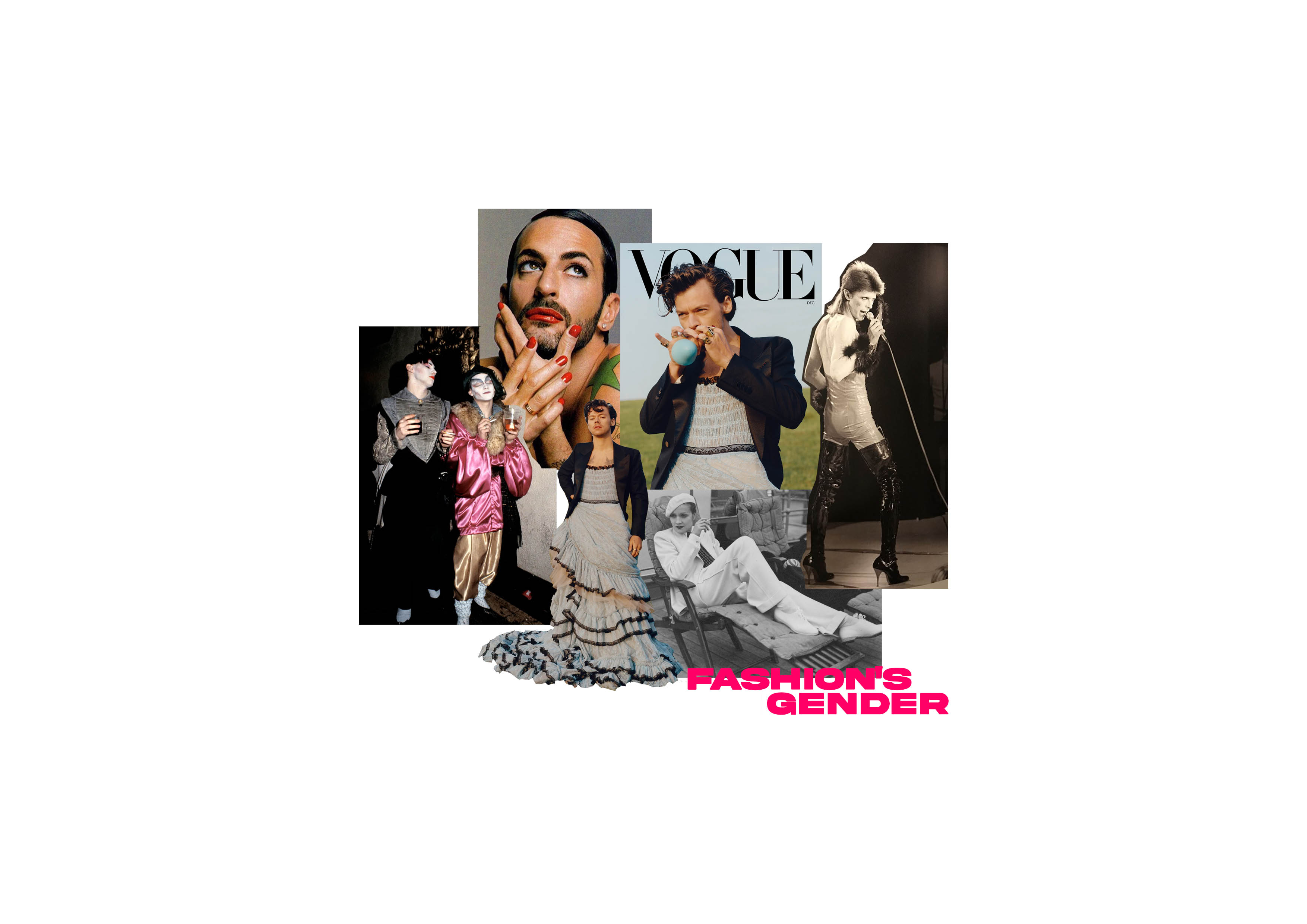

It’s the year 2020, we’re the most advanced we’ve ever been within technology and science, there’s a global pandemic that has shifted the world for just short of a year, a new US president has just been elected and so on. This year has an abundance of developments and a mass of people are arguably the most open-minded they have ever been. Yet ‘masculinity’ and egos are as fragile as ever.
On November 13th, 2020 Harry Styles made US Vogue history, appearing as the first solo man to ever appear on the cover and he did this in a skirt. Styles stood upon a prairie wearing a Gucci puffy tiered dress, with the bodice sitting slightly low showing his iconic mirrored bird tattoos and an open black blazer for a finishing touch. Whether you are a fan of him, a fashion follower or someone who just has social media, everyone was transfixed by this feature. Many only had thoughts of praise and awe. However, others took to social media to bash Styles, demanding that ‘manly men’ need to come back. “There is no society that can survive without strong men,” shared Candace Owens, a conservative commentator, on Twitter “bring back manly men.”
WHAT EVEN IS A MANLY MAN?
Is a manly man someone who can break rocks with his bare hands and lives off a diet of beer and raw meat or is it a man that works a 9-5 and secretly enjoys watching The Notebook? The ‘manly man’ does not exist. Humans created this limitation within gender, thinking it was the right way of life. But life changes, the people change and perhaps everything in life is a whole spectrum. Not limiting yourself to traditional boundaries could possibly help you grow as a person, creatively and mentally.
Some of the greatest artists played with the idea of gender. For instance, David Bowie was a leading figure within the music industry. He did this while dressing up in suits, heels, dresses and skin-tight jumpsuits. One of his most recognisable looks is a painted bold lightning bolt across his face. This experimentation with clothing and make-up added to his sex appeal and charisma. The late 1970s saw a wave of a new sub-culture named the New Romantics. This youth culture was flamboyant and fun, with men wearing make-up and ‘gender-bending’ within their clothes. In 2020 we have leading make-up artists, fashion designers, TV personalities etc. that play with this idea of gender and fashion, like Marc Jacobs, who regularly wears dresses and skirts to events.
Gender outside of science restricts our creativity and our personality. Societal constructs are looked upon as if they are set in stone, but these traditions need to change. The way of living is changing constantly, thoughts and mindsets are developing and allowing space for new beliefs to blossom. If there is any industry that has to follow this, it is fashion. Fashion too is constantly changing, the industry needing new ideas to keep up with its people. Androgynous style has been a regular reappearance within fashion, with some of the biggest female style icons in the 1920s often wearing suits like Marlene Dietrich and Jean Arthur. Now it is common for women to wear clothes that were once deemed only masculine. For instance, in the past women were restricted to wearing corsets and big dresses. It was not until the 20th century that it really caught on for women to wear trousers too. This is extremely strange to think about, as now it is a norm to throw your trousers on in the morning, but this just shows how fashion changes.
Clothing is a pattern, a fabric an idea. It does not hold a gender until someone caters it towards a specific gender. This restriction is due to human mentality. Clothing is a way to express yourself and showcase your personality, allowing your confidence to grow. Restricting this to something that is stated to be towards your gender is extremely limiting, men in skirts makes them no less of a man. If anything this confidence and experimentation with style is extremely pleasing and desirable. Fashion is arguably an art form and you are the canvas, no matter gender.